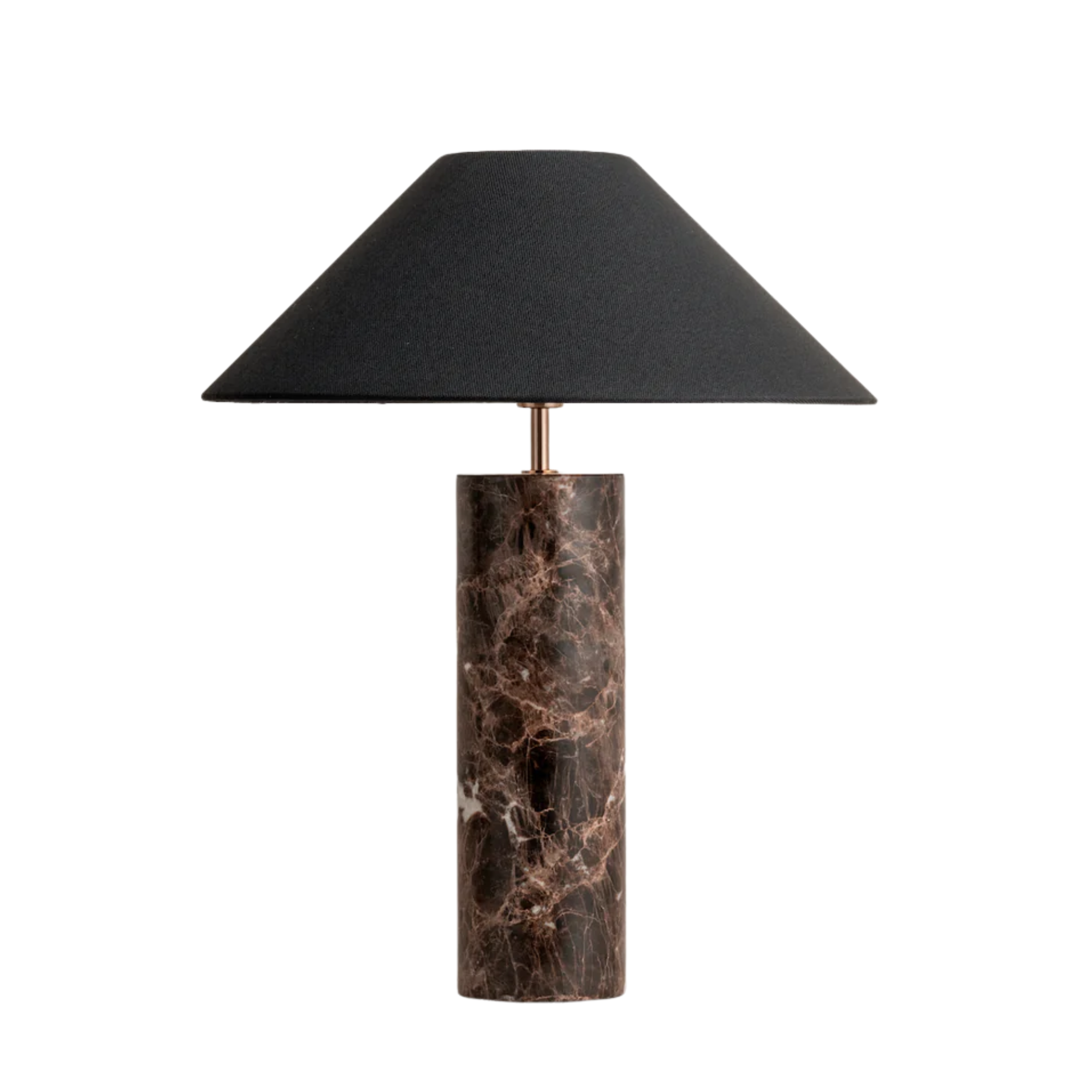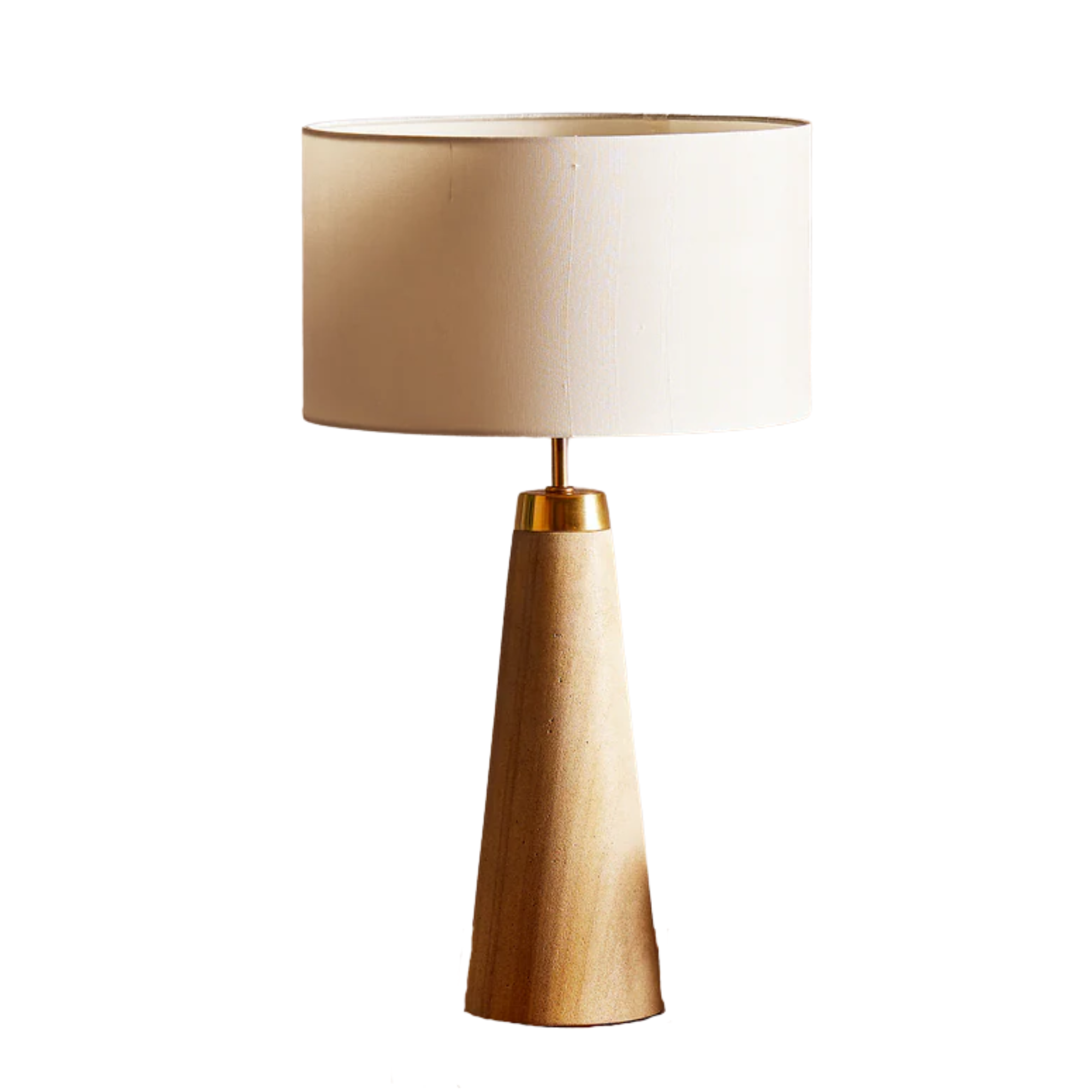Everyone's Obsessed With Rechargeable Lamps — But This Designer Warns Relying on Them Might Be Ruining Your Lighting Scheme
With their short battery life, inconsistent light output, and constant need for charge, rechargeable lamps can be more of a hassle than a convenience
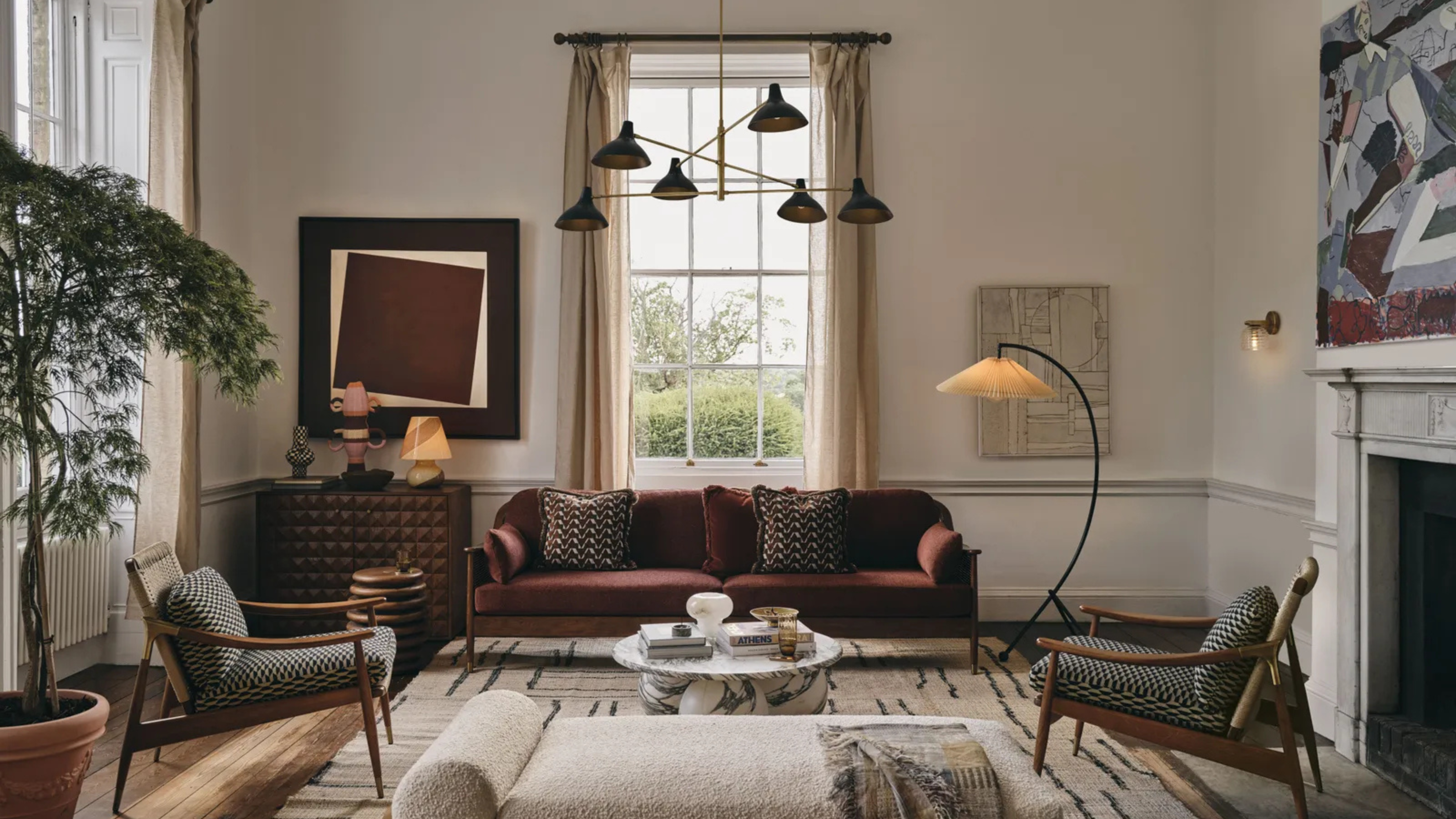

Lamps that don't require wiring are great, right? With their clever cordless design, you can move them around with ease, bringing light to the darkest corners of your home (the ones you forgot when designing your lighting plan). But should you rely on them as part of your lighting plan? Probably not.
In fact, actively relying on this type of lamp is one of the biggest mistakes when planning your home's lighting, says interior designer Rebecca Constable, who recently shared a post on Instagram saying, "nothing beats a wired-in wall light or a classic plug-in lamp."
So, what's so bad about rechargeable lamps? I reached out to Rebecca to uncover the biggest drawbacks and how to determine when to pick something portable, and when to go for plug-in lighting. Here's what she shared.
Why You Shouldn't Rely on Rechargeable Lamps
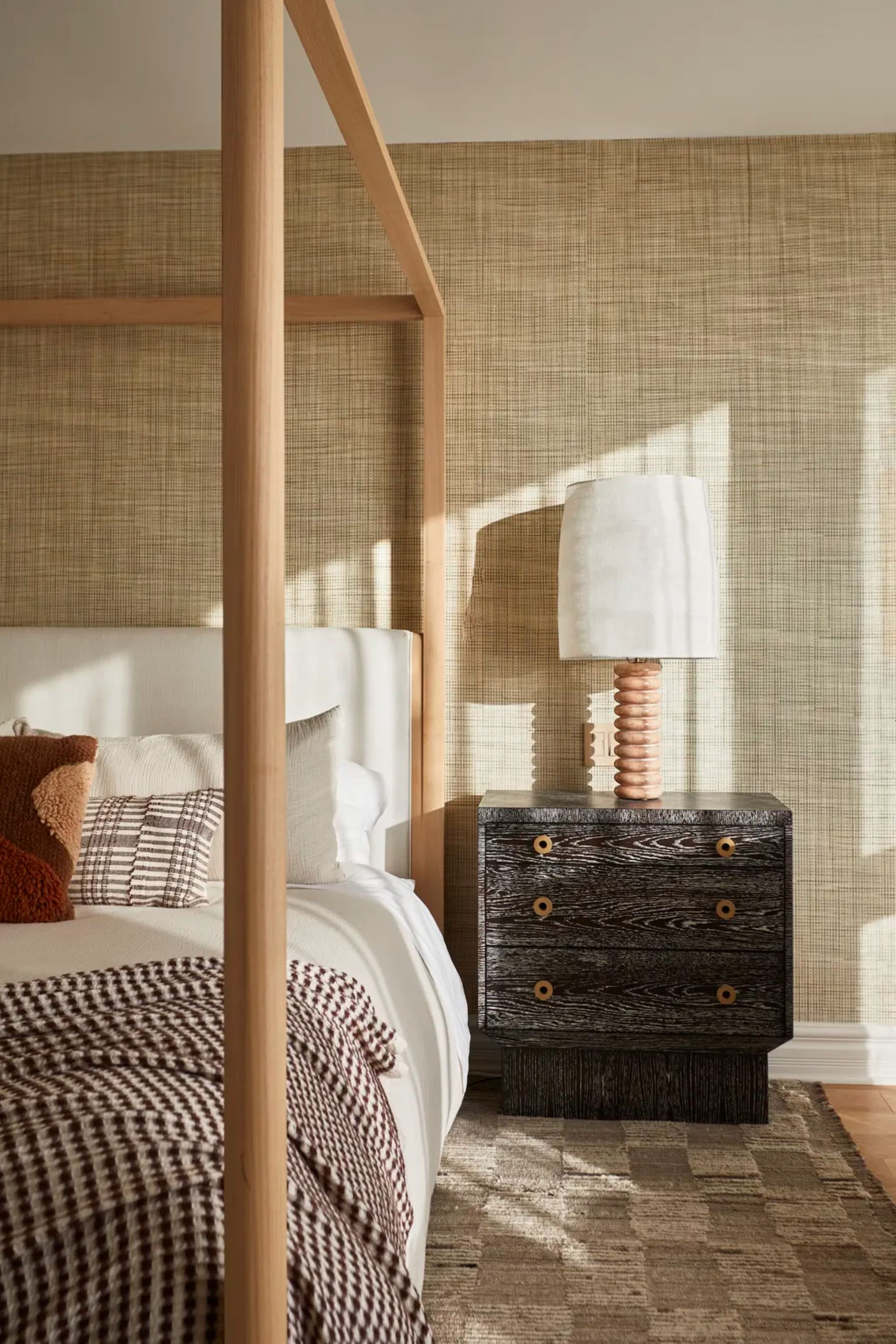
If you don't like the look of cords from plug-in lamps, you can always hide them behind side tables or with picture frames and decorative objects.
"I think rechargeable lamps are a brilliant innovation — really useful and flexible, Rebecca Constable clarifies. "But I wouldn’t rely on them where you have the option to use wired-in or plug-in lights."
One of their biggest drawbacks is battery life. "If you're using the lamp regularly — for instance, every evening in your living room to create a cozy atmosphere — then constantly needing to remember to charge it becomes a hassle," she says. "The battery life just isn’t that great in many models, and recharging becomes yet another thing on your to-do list."
Another drawback is their light output, which goes hand-in-hand with battery life. At full charge, they might shine bright, but after a few days or even a few hours (depending on the lifespan), their brightness can dwindle. This makes them less than ideal for task lighting, Rebecca notes.
"They're generally not bright enough for reading or cooking or any activity where you need good visibility," she adds. Sure, they might set a nice ambience with their style and light output, but relying on rechargeable lamps for tasks around the house is generally a bad idea.
The Livingetc newsletters are your inside source for what’s shaping interiors now - and what’s next. Discover trend forecasts, smart style ideas, and curated shopping inspiration that brings design to life. Subscribe today and stay ahead of the curve.
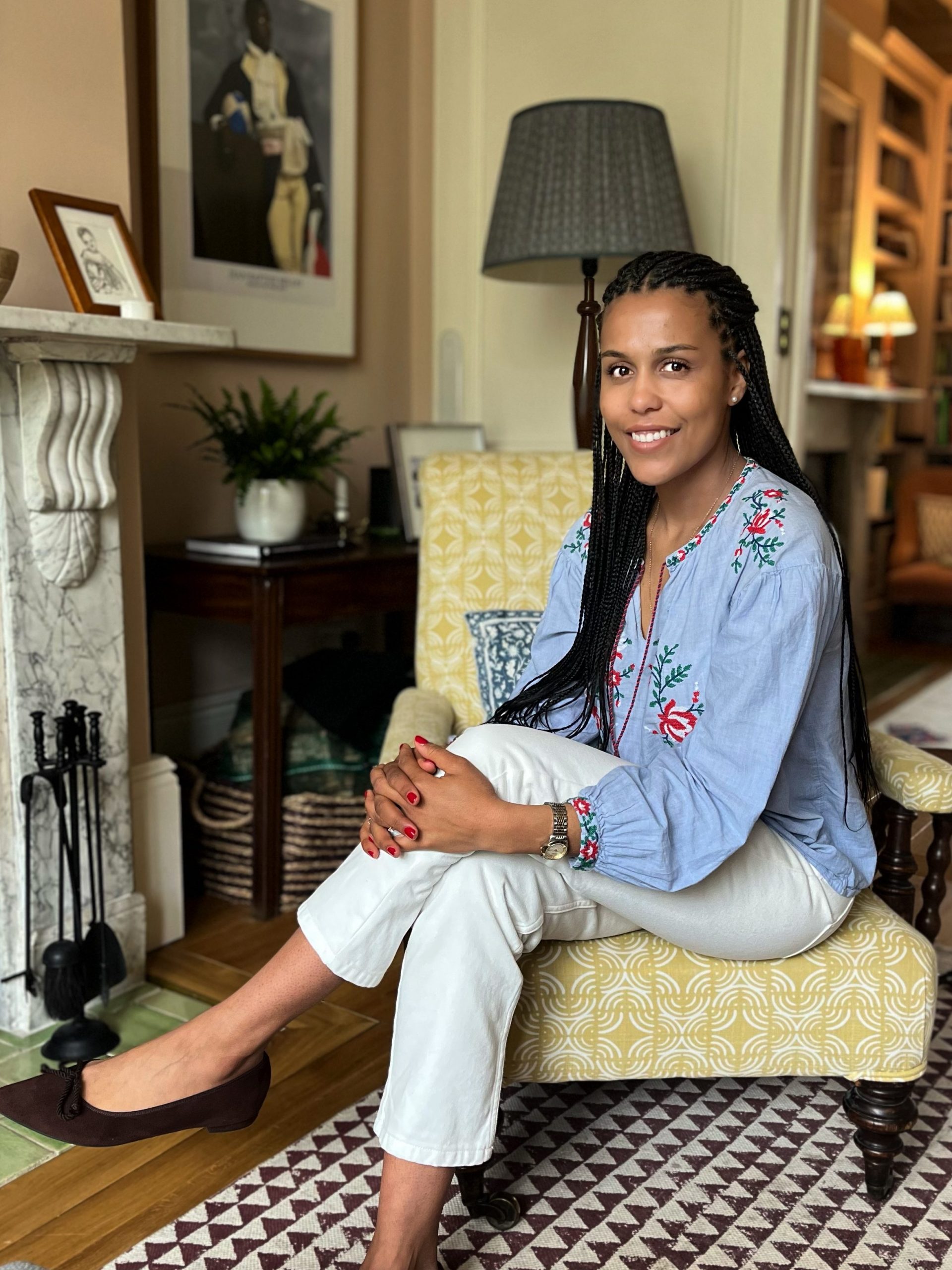
Rebecca Constable is an interior designer based in North London. She has a passion for creating homes that are timeless, inviting, and that are also extremely practical. With a background in project management, Rebecca understands how to navigate tricky timelines to ensure success in a project. Rebecca is also the founder of Room by Room — an interior design scheme service that bridges the gap between hiring an interior designer and tackling a project yourself.
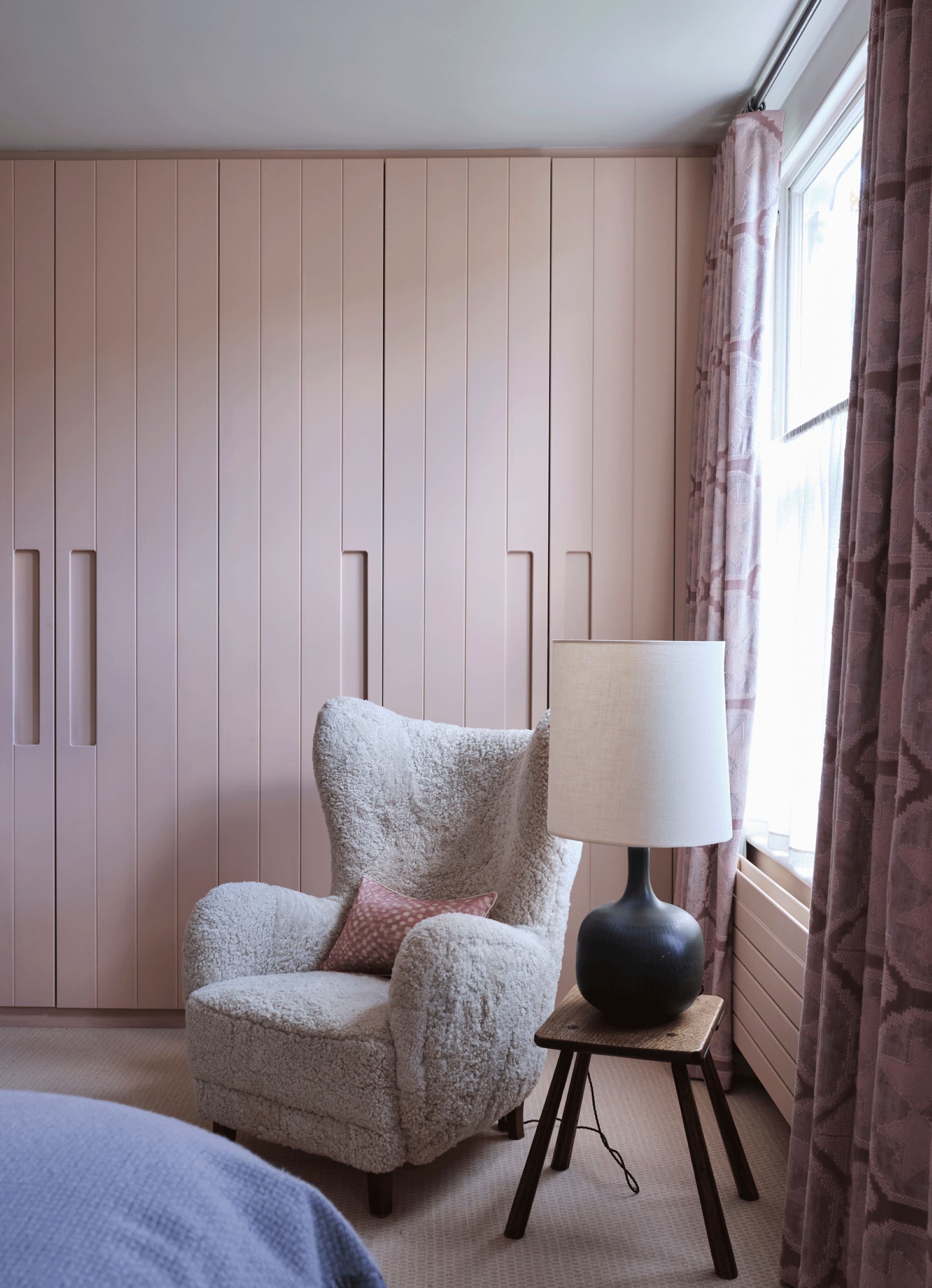
Plug-in lamps are best for reading corners as they won't falter in light output after a few hours of use.
Instead of relying on rechargeable options, look to wired or plug-in light fixtures wherever possible. When planning a renovation, Rebecca says it's a bad idea to assume or rely on rechargeable lighting from the get-go, and to always factor in several plug sockets in each room.
"It’s much easier to cover up an unused socket than to add one later, which can be messy and more expensive," she adds.
If you're not building from scratch and have to deal with unsightly lamp cords and extension cables running across your room, Rebecca says, "You can always rewire lamps with neutral or clear plastic cords to help them blend in." And you'd be surprised how stylish cord organizers can be these days.
You can use framed photos or decorative objects to hide lamp cords, says Rebecca. Alternatively, you can make a statement with them. "Lola’s Leads sells beautiful, braided extension cords in hundreds of colors," says Rebecca. "If you need an extension cord out in the open, these make it feel intentional and stylish."
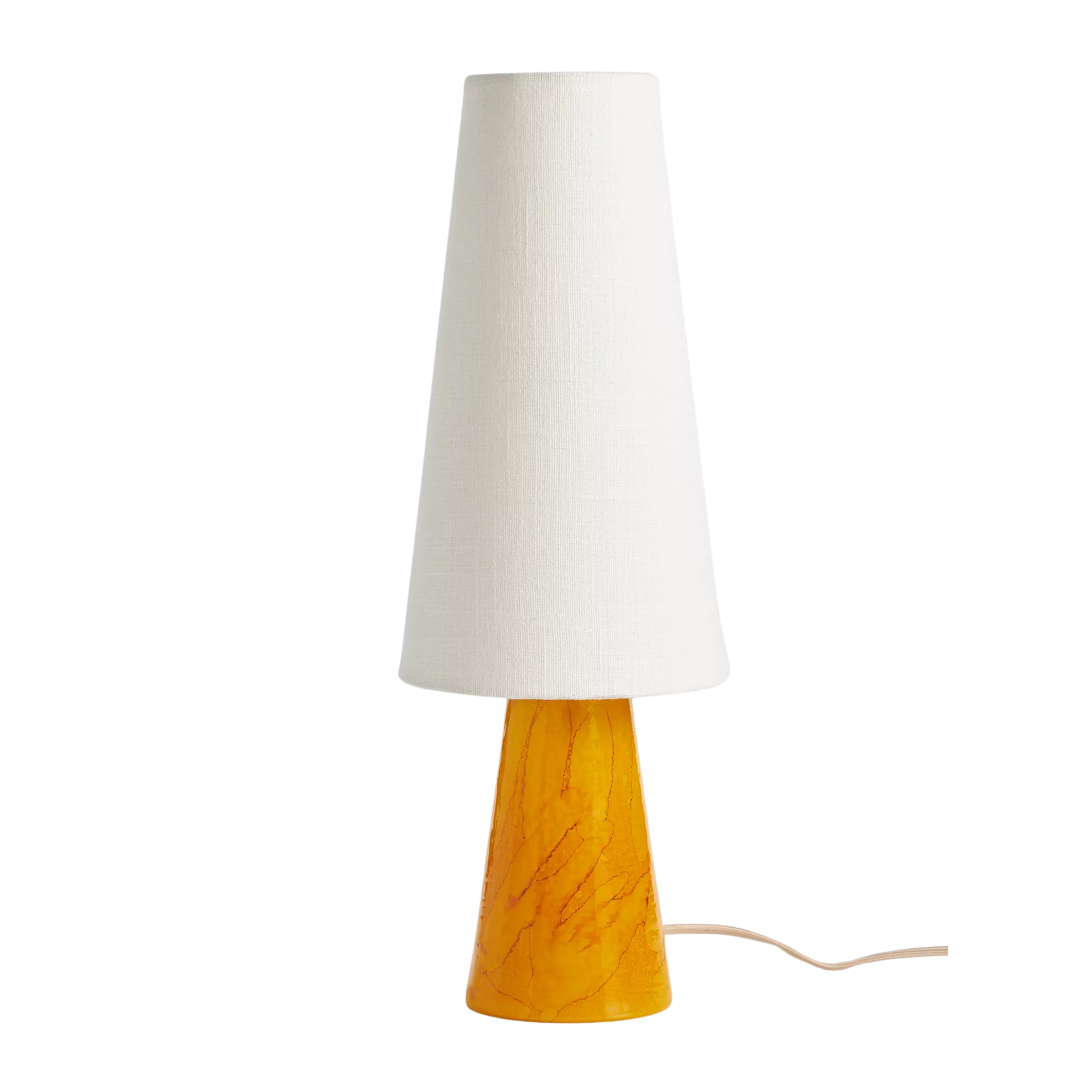
Made with a glass base designed to look like a watercolor painting, this orange table lamp will certainly bring an artistic style to your space. Place it in your modern living room to create a warm ambience.
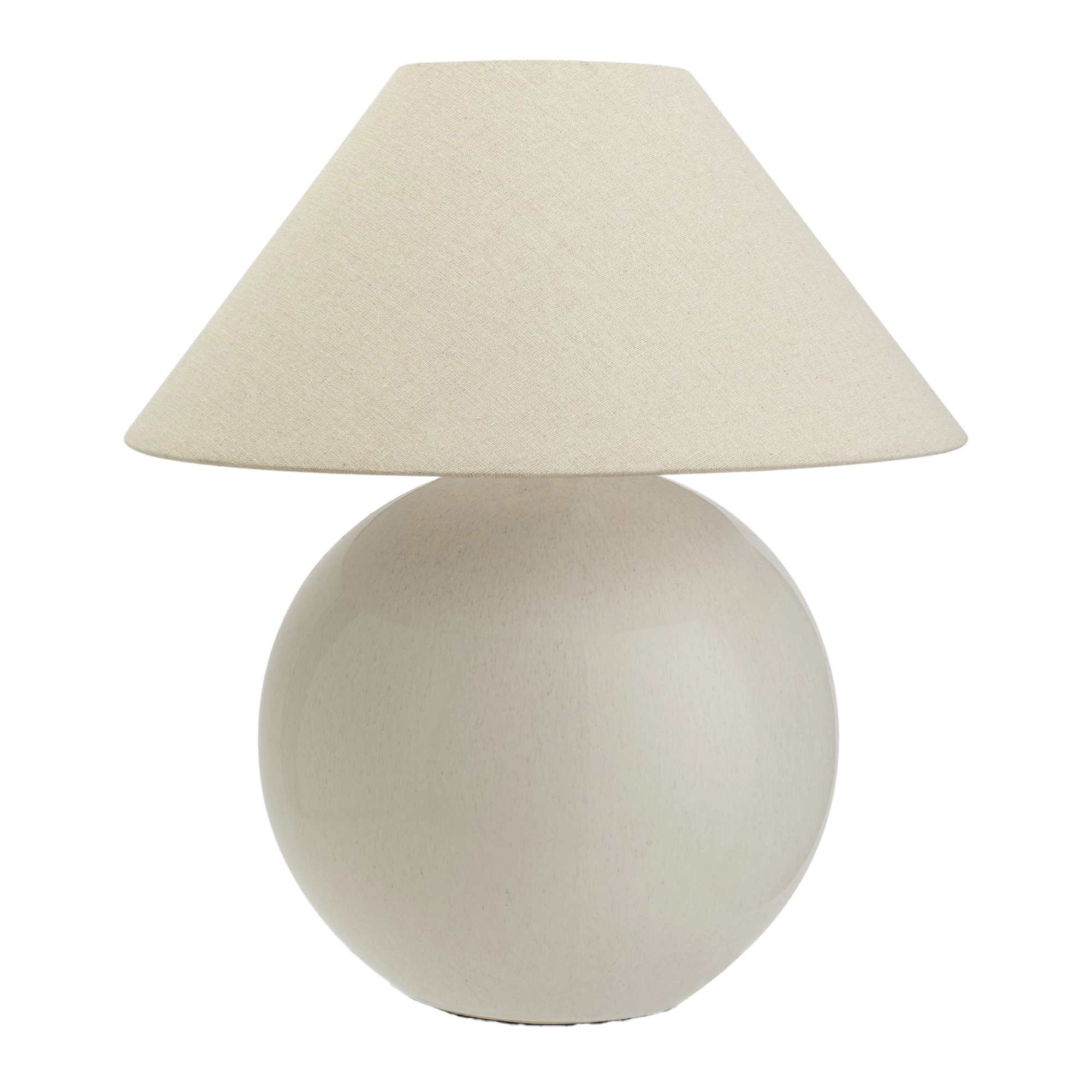
This lamp might be simple in color, but its unique circular base makes it significantly more interesting. Style it in your modern bedroom to add some soft dimension.
When It's Best to Use a Rechargeable Lamp
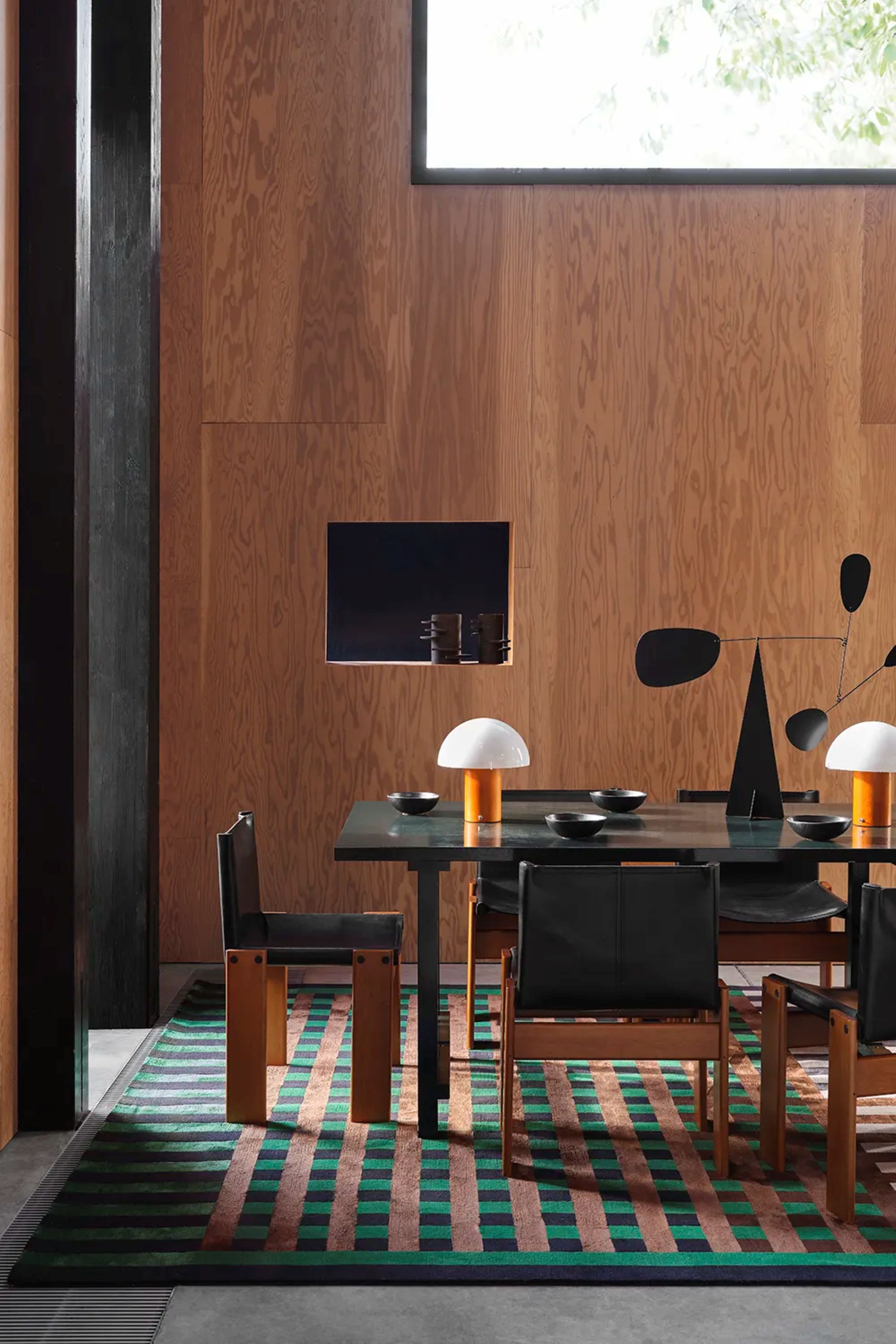
They're a great addition to dining tables if you're looking to create a stylish ambience.
Although you shouldn't rely on rechargeable lamps in your home's lighting plan, there are certainly times when they come in handy, and situations when they might even make more sense than a plugged-in lamp.
"I would use a rechargeable lamp in places where wiring or plugging in would be clunky or impractical," Rebecca says. They work well on kitchen counters, entryway tables, and you can even bring them outside for al fresco dining.
When styled as dining table lamps, they can also help set the mood during dinner parties. "They're safer than open flames and don’t pose a fire hazard," Rebecca adds. "You don’t get the scent that a candle might offer, but you get the same kind of ambient glow."

Made from iron and steel, this lamp is as durable as they come. It has three different light output settings and takes about five hours to fully charge. Bring this lamp outside for a summertime garden party to set your table with playful style.

This lamp is quite small, making it ideal for carrying around to any spot in your home. It has three brightness settings, and when fully charged, it can last about five hours. When not in use, style it on a bookcase as a sleek shelf decoration.
So, while Rebecca advises against the reliance on rechargeable lamps, that doesn't mean they can't become an element of your lighting plan. They're just better used as a solution, rather than a plan.
Want to know what else can become a part of a room's lighting scheme? A healthy mix of table lamps and floor lamps — a variety of styles can make any room look and feel way more interesting.

Devin is a New York-based style editor for Livingetc who is keen on all aspects of personal style. From a young age, she was drawn to the design world, and she loves sharing design choices with her readers, from explaining how to incorporate trends into interior spaces to sourcing the best products for your home. Devin believes style should be inclusive, exciting, and at its core, fun.
